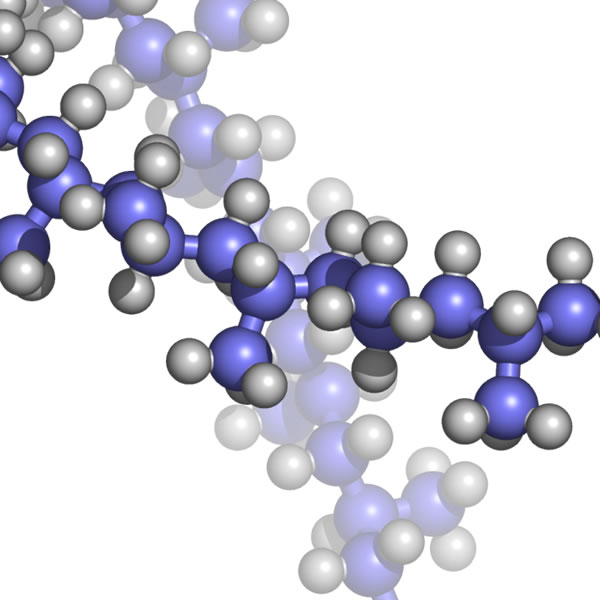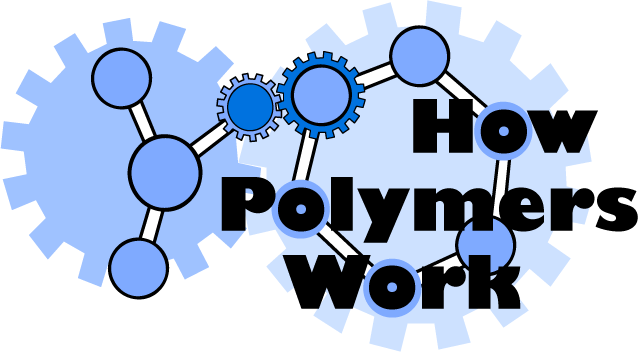Introduction :
Polymers are widely used for many purposes, ranging from cooking utensils to electronic components manufacturing. These long-chain organic molecules have found a place in almost all sectors, and the pharmaceutical industry is no exception. Let us talk about polymer definition and Polymer classification.

Polymer definition- A polymer is a material consisting of macromolecules, or very large molecules, made of many repeating subunits. Polymers have a broad spectrum of properties. Both synthetic and natural polymers play vital roles in everyday life. (1)
In the pharmaceutical industry, polymers are extensively used to produce various dosage forms. These include both conventional dosage forms and novel drug delivery systems.
The polymer is incorporated with the pharmaceutically active ingredient to modify the release kinetics, carrier accumulation, or for active or passive targeting of the latter in the human body. Due to these capabilities, polymers can also be considered the backbone of the pharmaceutical drug delivery systems.
Polymers Classification :
Polymers are classified according to their origin, biostability, reaction mode of polymerization, and interaction with water.
| Polymers Classification | Types | Examples |
|---|---|---|
| Based on origin: | Natural polymers | acacia, gelatin, shellac, albumin |
| Based on origin: | Synthetic or Artificial polymers | olyglycolic acid ( PGA), polyester, polyanhydrides, polyamides |
| Based on biostability | Biodegradable polymers | Proteins, carbohydrates, polyesters, etc. |
| Based on biostability | Non – biodegradable polymers | Ethylcellulose, acrylic polymers, silicones |
| Based on the reaction mode of polymerization | Addition polymers | Polyethylene, polypropylene, polystyrene |
| Based on the reaction mode of polymerization | Condensation polymers | functional groups like hydroxyl group ( -OH ), carboxylic acid group ( -COOH ) |
| Based on the interaction with water | Hydrogels | Polyvinylpyrrolidone ( PVP). |
| Based on the interaction with water | Soluble polymers | Hydroxypropyl methylcellulose (HPMC ), PEG |
| Based on the interaction with water | Biodegradable polymers | Polyacrylic acid, polyglycolic acid |
| Based on the interaction with water | Non – biodegradable hydrophobic polymers | Polyvinylchloride. |
Based on origin:

Natural polymers are obtained from natural sources like plants and animals. Plant–derived polymers are specifically used to manufacture implants, solid monolithic matrix systems, and viscous liquid formulations, among others. The well–known natural polymers are acacia, gelatin, shellac, albumin, etc.
Synthetic or Artificial polymers – These are chemical substances produced in the industry and consist of several molecules linked by covalent bonds. The variation of the side chain and the main chain of these polymers has resulted in forming several derivatives: Eg. Polyglycolic acid ( PGA ), polyester, polyanhydrides, polyamides.
Based on biostability

Biodegradable polymers – are highly preferred due to their ability to degrade in the human body to form biologically inert and compatible molecules. They are degraded by the naturally occurring bacteria and fungi present in the body—Eg. Proteins, carbohydrates, polyesters, etc.
Non – biodegradable polymers – These polymers are used to increase the active constituent’s therapeutic efficacy. They are eliminated from the site of application and do not degrade in the body—E.g. Ethylcellulose, acrylic polymers, silicones, etc.
Based on the reaction mode of polymerization

Addition polymers are produced by adding monomeric molecules by a chain mechanism—E.g. Polyethylene, polypropylene, polystyrene, etc.
Condensation polymers – are formed due to the condensation of the monomeric molecules having reactive functional groups like hydroxyl group ( -OH ), carboxylic acid group ( -COOH ), etc.
Polymers Classification: Based on the interaction with water :
Hydrogels – These agents swell when exposed to water but do not dissolve in it. They are often used as debriding agents, moist dressings, and drug delivery. E.g., Polyvinylpyrrolidone ( PVP ).

Soluble polymers – These polymers dissolve, disperse or swell in water and lead to gelation, thickening, or emulsification of the aqueous system. E.g., Hydroxypropyl methylcellulose ( HPMC ), PEG, etc.
Biodegradable polymers – get degraded from the site of application due to hydrolysis—Eg. Polyacrylic acid, polyglycolic acid.
Non – biodegradable hydrophobic polymers – These are not degraded and eliminated from the body intact. They are often used for protein delivery and used to manufacture blood bags and tubings. E.g., Polyvinylchloride.

Pingback: Polymers Applications in controlled release of Medicines > PharmaCampus
Pingback: Pharmaceutical Polymers: Properties and advantages > PharmaCampus
Pingback: Implants and Osmotic pumps: Types and Uses > PharmaCampus
Pingback: Introduction: Mucosal Drug Delivery System > PharmaCampus
Pingback: General concepts in mucosal drug delivery > PharmaCampus
Pingback: Transmucosal permeability and Formulations > PharmaCampus